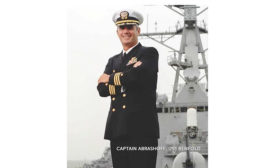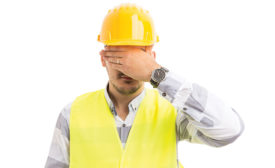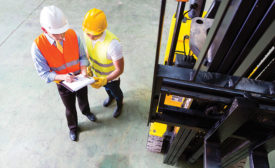Positive Cultures
Digital Edition Exclusive
For your health & wellness: CBD- what we know and what we don’t
November 5, 2019
Digital Edition Exclusive
For your health & wellness: What is oat milk and is it healthy?
November 5, 2019
Digital Edition Exclusive
Department of Labor issues Mental Health Toolkit
Creating a workplace culture for employees facing mental health issues
November 5, 2019
Dig deeper into system factors behind at-risk actions
Discuss intentions,Not behaviors
November 2, 2019
Never miss the latest news and trends driving the safety industry
eNewsletter | Website | eMagazine
JOIN TODAYCopyright ©2024. All Rights Reserved BNP Media.
Design, CMS, Hosting & Web Development :: ePublishing











